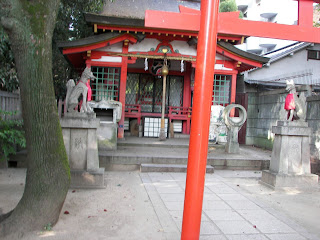
War is the work of man
War is the destruction of human life
War is death
To remember the past is to commit oneself to the future
the past is to commit oneself to the future
To remember HIROSHIMA is to abhor nuclear war
To remember Hiroshima is to commit oneself to
PEACE.
(attributed to Pope John 23)
I originally planned to blog my travels in order of visit,but my visit to Hiroshima Peace Park and the Memorial Museum,had such a deep emotional effect that I needed to share with my readers........
that I needed to share with my readers........
At 8.15am on August 6, 1945,the city of Hiroshima (with a population of approximately
350,000 souls)
fell victim to the world's first atomic bombing.
The entire city was virtually levelled and approxim,ately 140,000 lives were lost.
At the instant of detonation,the temperature at the centre exceeded a million degree Celcius,generating an enormous fireball .
At the moment of the explosion,an extremely high pressure of several hundred thousand atmospheres was created.
The surrounding air was thrust violently outwards and produced an intensely strong blast.The blast pressure 500 metres from the hypocentre was an enormous 19 TON per square metre.
Buildings were crushed and people were flung through the air.
To walk through the Memorial Museum and view the exhibits is a most sobering experience:
Tattered scraps of clothing;crockery fused into earth;
the diorama with wax figures of Atomic Bomb Victims..............very graphic and disturbing.









































